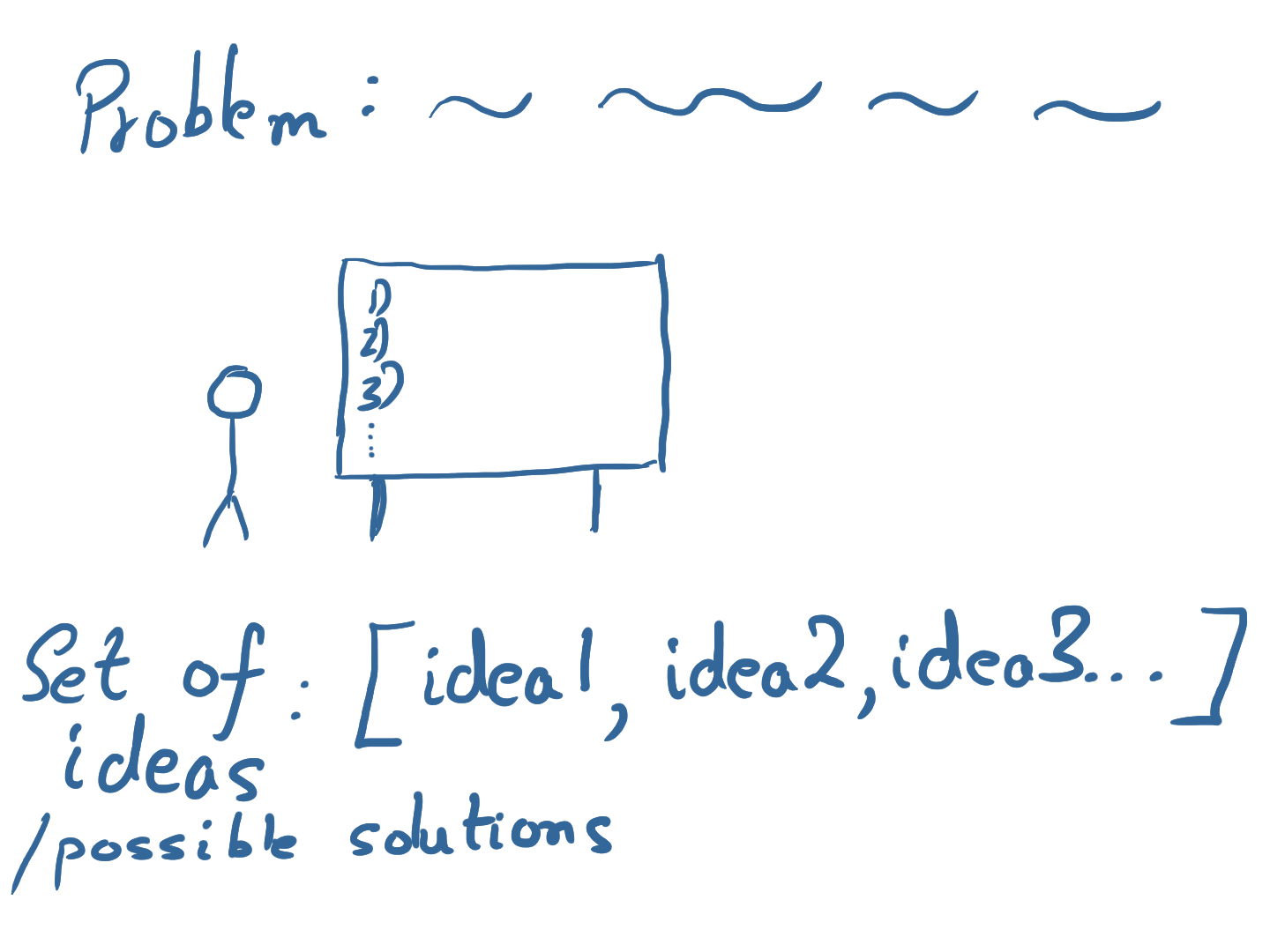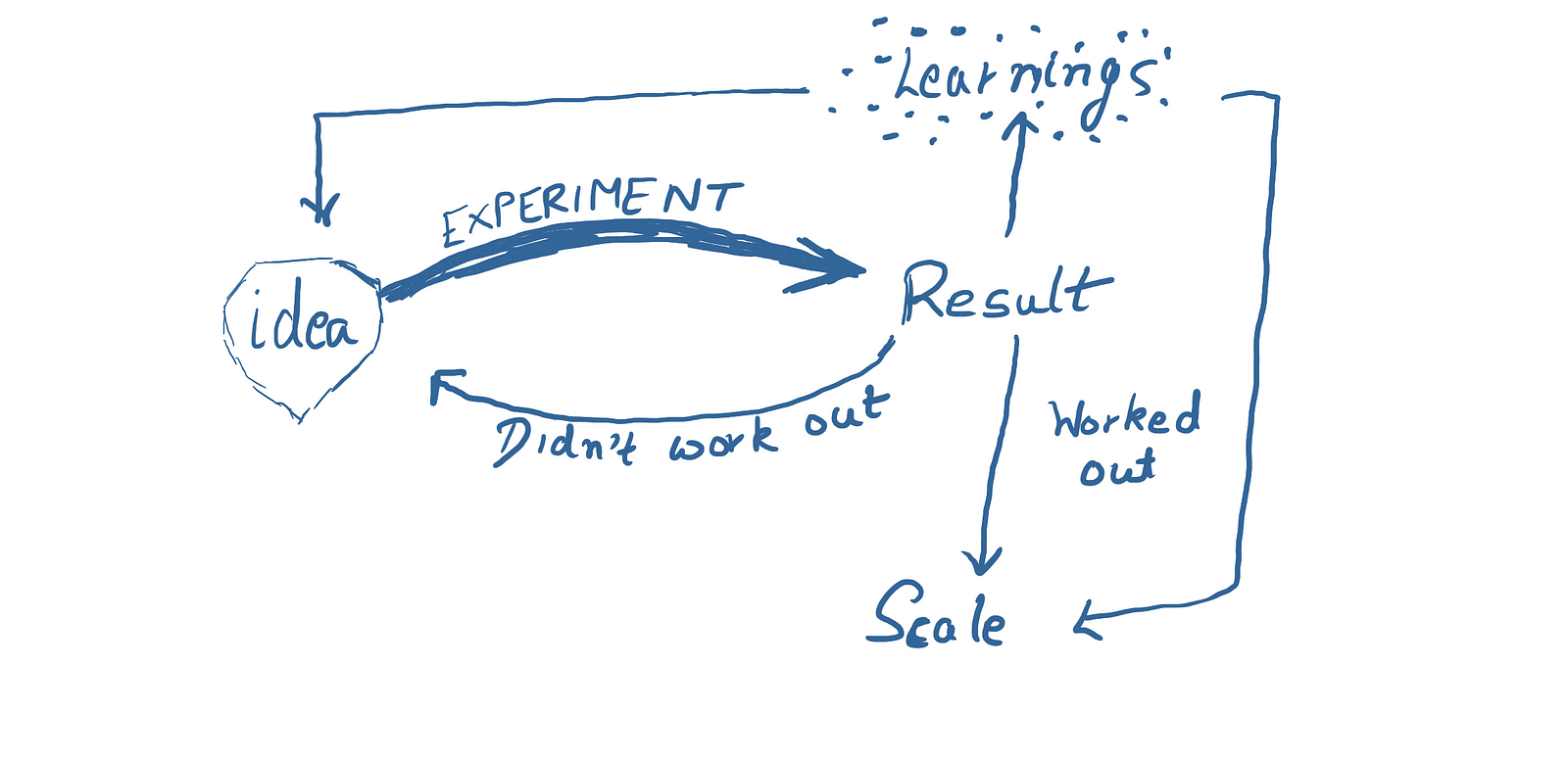Failing Fast: What and Why?
Failing Fast: What and Why?
Failing fast is a mantra which is talked about a lot. It has become like a jargon being thrown around. Let’s explore and find out what it might mean and why it works.
As a problem solver/ pain point solver /an entrepreneur we have certain ideas about the solution of the problem. These ideas come from experience or by spending time exploring the problem by talking to people who we think have that problem. Let’s say we have N ideas or approaches and this number changes with time.


Then we have resources which are limited. Let’s say in total the pool is quantified as R. This might also change with time and not always increase. e.g. Someone leaves the founding team.
The only way to find the solution is running experiments using ideas from this set of N ideas you have, failing and learning till you find what works. This is a continuous process, it doesn’t stop when you have found what works because then there are a new set of problems. Using R resources you can only run K number of experiments which is equivalent to ideas which you can try out.


This process of running an experiment has its own cost. This cost comes from the pool R. To find that solution which will work and fit the needs of the customer, two things need to happen:i) Run as many experiments as possible till this pool of resources is exhaustedii) Run each experiment completely and methodically


Second is important because many problem solvers leave experiment in the middle as soon as they realize it’s not working out. The learnings from one failure might rule out the need to try many other from the set of N, or one of the approaches might work out partially pointing you to the right method.
It is also possible that the solution doesn’t even exist in the set of N, in this case, you will fail, that is why preliminary research and choosing this set of N is very important.
So this is what the discovery comes to:
